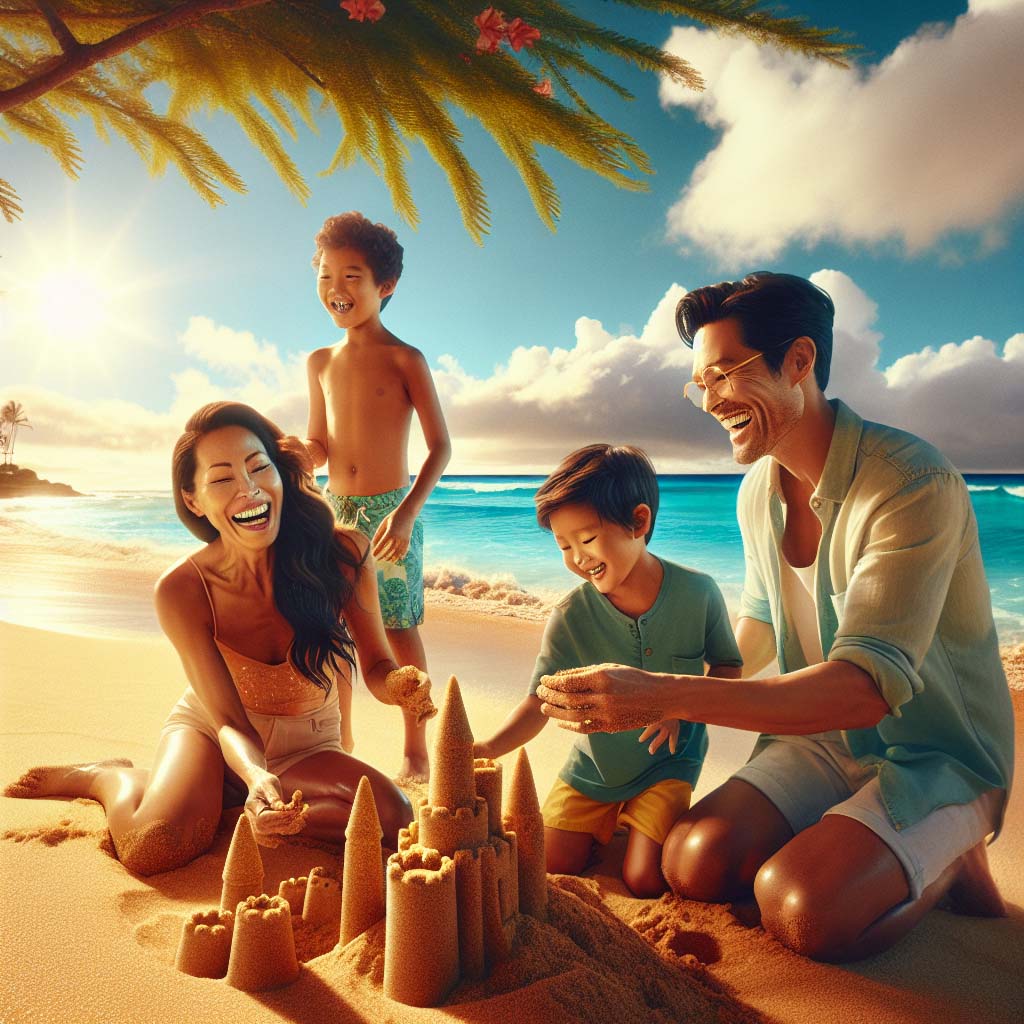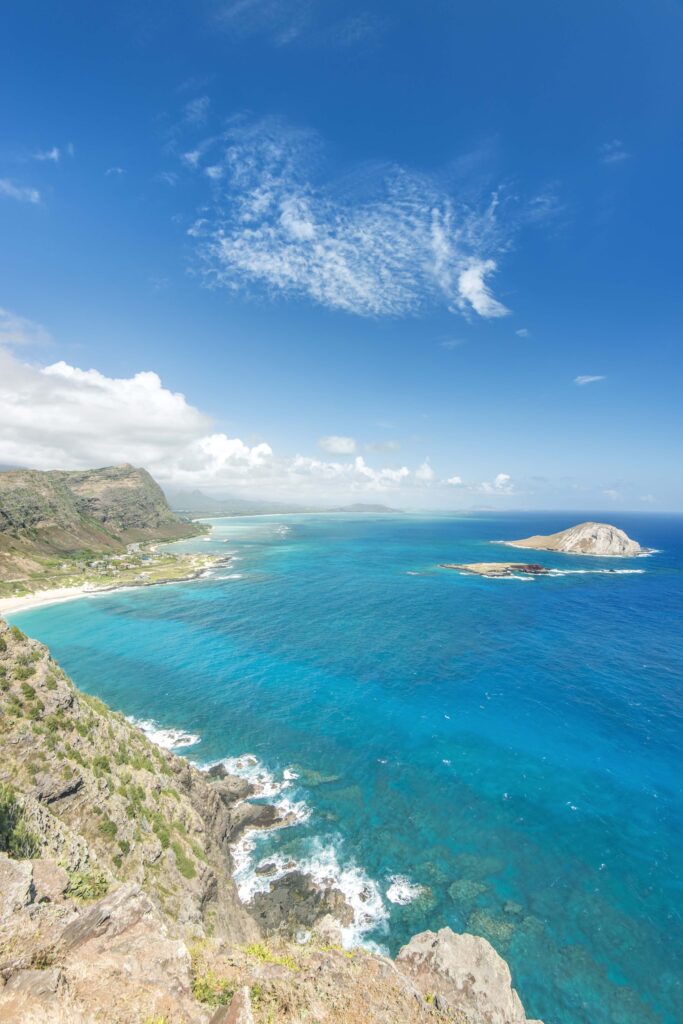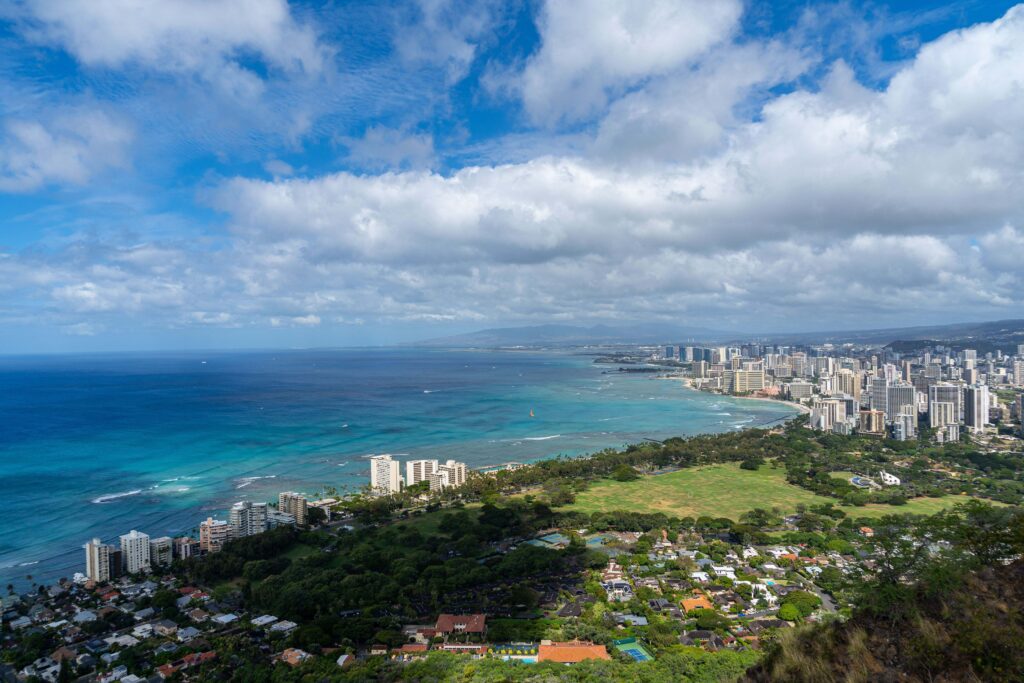Oʻahu, often referred to as “The Gathering Place,” has a rich and multifaceted history that reflects the broader narrative of the Hawaiian Islands. The island was first settled by Polynesians, likely between 900 and 1200 A.D., who navigated vast ocean distances using the stars and ocean currents. These early settlers established complex societies with intricate systems of governance, agriculture, and religion. Oʻahu was unified under the aliʻi nui (supreme ruler) in the 15th century, with rulers such as Maʻilikūkahi and Kualiʻi laying the foundations for a centralized monarchy. www.hawaiiactivities.com Go Hawaii Wikipedia – Die freie Enzyklopädie+ WikipediaWikipedia+1Wikipedia+1
European contact began in 1778 when Captain James Cook sighted Oʻahu during his third Pacific expedition. Although Cook did not land on the island, his arrival marked the beginning of significant changes for the Hawaiian people. In 1779, Captain Charles Clerke, Cook’s successor, made the first recorded European landing on Oʻahu at Waimea Bay. The subsequent influx of foreign ships, traders, and missionaries introduced new technologies, religions, and diseases, profoundly impacting the island’s indigenous population and culture. Ola Properties Wikipedia+ Wikipedia
The late 18th century was a period of conflict and consolidation. In 1783, Kahekili II, the king of Maui, conquered Oʻahu and installed his son, Kalanikūpule, as a puppet ruler. However, in 1795, King Kamehameha I of Hawaiʻi Island launched a campaign to unify the Hawaiian Islands, culminating in the Battle of Nuʻuanu. This decisive battle resulted in Kamehameha’s victory and the unification of most islands under his rule, establishing the Kingdom of Hawaiʻi. Ola PropertiesGo Hawaii Wikipedia Wikipedia Wikipedia – Die freie Enzyklopädie Wikipedia Wikipedia
Throughout the 19th century, Oʻahu, particularly Honolulu, evolved into the political and economic center of the Hawaiian Kingdom. In 1845, Kamehameha III moved the capital from Lahaina to Honolulu, solidifying its status as the kingdom’s hub. The construction of ʻIolani Palace in 1882 symbolized the monarchy’s modernization efforts. However, in 1893, a group of American businessmen and sugar planters, with support from the U.S. military, orchestrated a coup that overthrew Queen Liliʻuokalani, leading to the establishment of the Republic of Hawaiʻi and eventual annexation by the United States in 1898. WikipediaCondé Nast Traveler Go Hawaii AP News
The 20th century brought further transformation. On December 7, 1941, the Japanese attack on Pearl Harbor propelled the United States into World War II, marking a pivotal moment in both American and Hawaiian history. Post-war, Oʻahu experienced rapid economic growth, driven by tourism and military spending. Today, the island is a vibrant blend of ancient traditions and modern influences, with its history preserved in sites like ʻIolani Palace, Pearl Harbor, and numerous heiau (temples), offering a window into its storied past. The New Yorker Politico Go Hawaii Wikipedia Wikipedia – Die freie Enzyklopädie Condé Nast Traveler Go Hawaii





Oʻahu is home to some of the most stunning and diverse beaches in Hawaiʻi, each offering unique experiences. Here are five of the island’s best beaches, selected for their natural beauty, recreational opportunities, and distinctive atmospheres:
1. Lanikai Beach (Kailua)
Lanikai Beach, located in the town of Kailua on Oʻahu’s windward coast, is renowned for its powdery white sand and clear turquoise waters. The beach offers picturesque views of the Nā Mokulua islands, making it a favorite spot for sunrise watchers and photographers. Its calm waters are ideal for swimming, kayaking, and stand-up paddleboarding. While the beach lacks facilities like restrooms and lifeguards, its serene beauty and tranquil environment make it a top choice for those seeking a peaceful retreat. Wikipedia Hawaii Travel Guide
2. Waikīkī Beach (Honolulu)
Waikīkī Beach is perhaps the most iconic beach in Hawaiʻi, known for its golden sands and the backdrop of Diamond Head crater. Located in the heart of Honolulu, it offers a bustling atmosphere with numerous hotels, restaurants, and shops nearby. The beach is ideal for beginner surfers due to its gentle waves and offers various water activities like canoeing and catamaran sailing. Its accessibility and range of amenities make it a favorite among tourists and locals alike.
3. Hanauma Bay Nature Preserve (Southeast Oʻahu)
Hanauma Bay is a protected marine life conservation area formed within a volcanic cone. It’s renowned for snorkeling, offering visitors the chance to observe a diverse array of marine species in their natural habitat. The bay’s unique geological features and clear waters provide an unparalleled snorkeling experience. To preserve its delicate ecosystem, the preserve has implemented measures such as limiting daily visitors and requiring a mandatory educational video before entry. Gracefullee Made Reddit
4. Waimea Bay (North Shore)
Waimea Bay is famous for its dramatic seasonal changes. In the summer months, the bay offers calm waters suitable for swimming and snorkeling. However, during the winter, it transforms into a haven for big-wave surfers, with waves reaching up to 30 feet. The beach’s expansive shoreline and scenic beauty make it a popular spot for sunbathing and picnicking year-round. WSJ
5. Waimānalo Beach (Windward Oʻahu)
Waimānalo Beach boasts one of the longest stretches of white sand on Oʻahu, offering a more secluded and tranquil experience compared to other beaches. Its gentle waves make it suitable for swimming and bodyboarding, especially for families with children. The beach is backed by ironwood trees, providing ample shade and a picturesque setting. Its relative remoteness ensures fewer crowds, making it a perfect spot for relaxation.
Each of these beaches showcases the diverse coastal landscapes of Oʻahu, catering to various preferences, whether you’re seeking adventure, relaxation, or cultural experiences.
